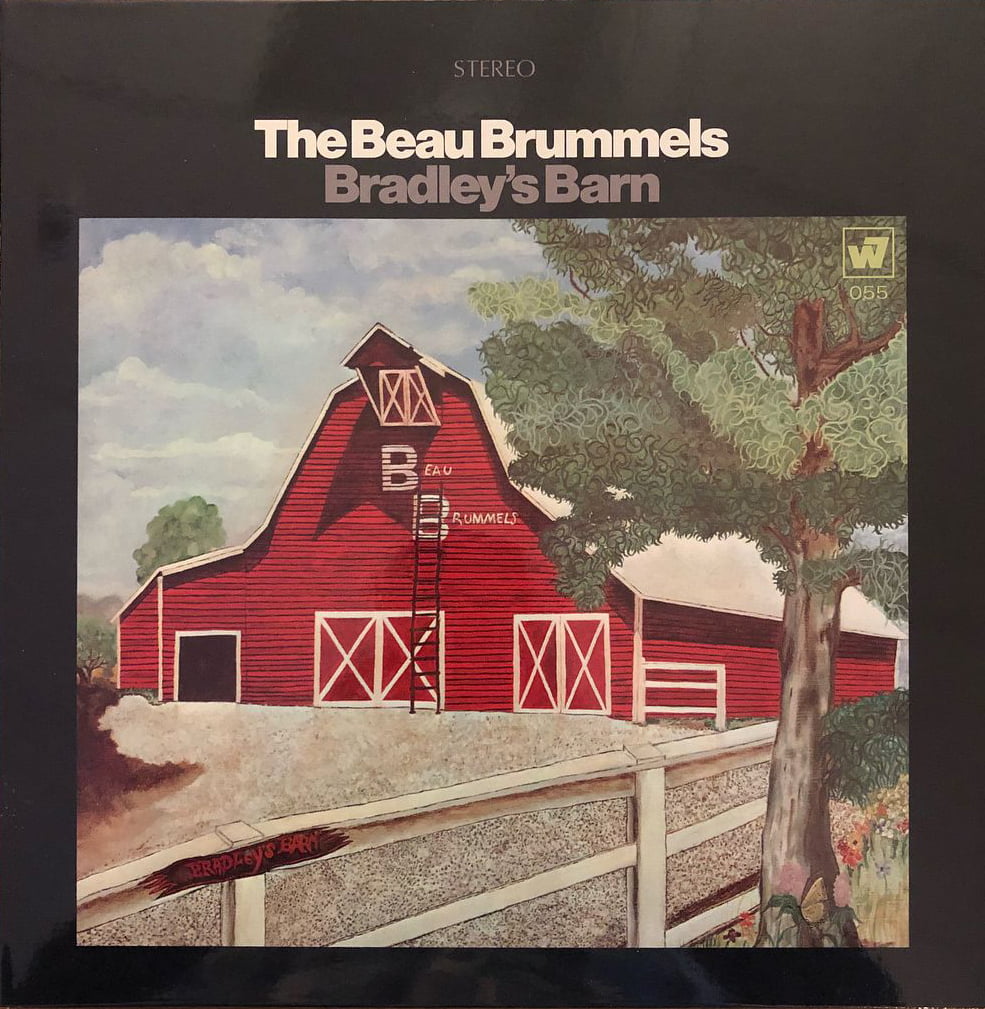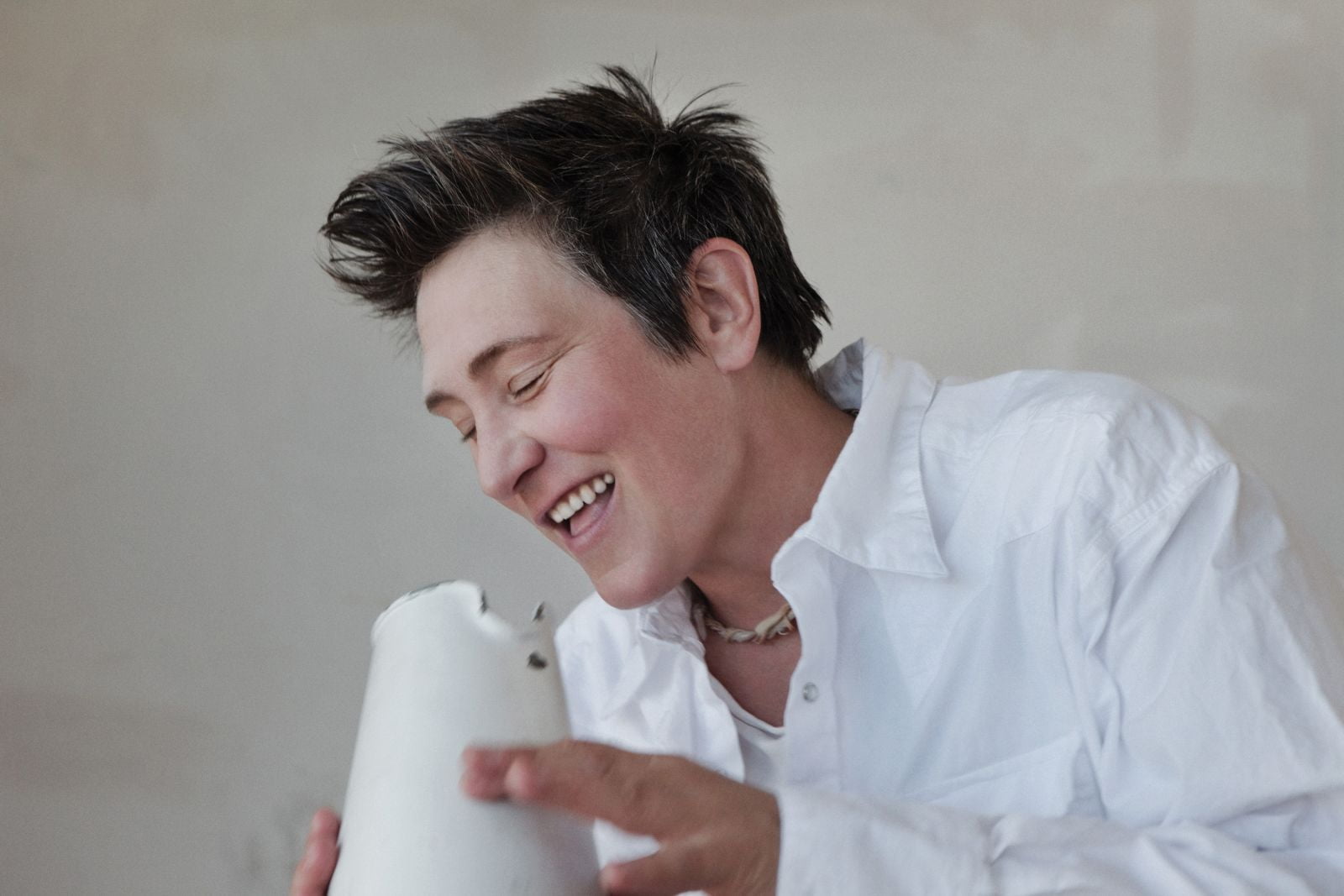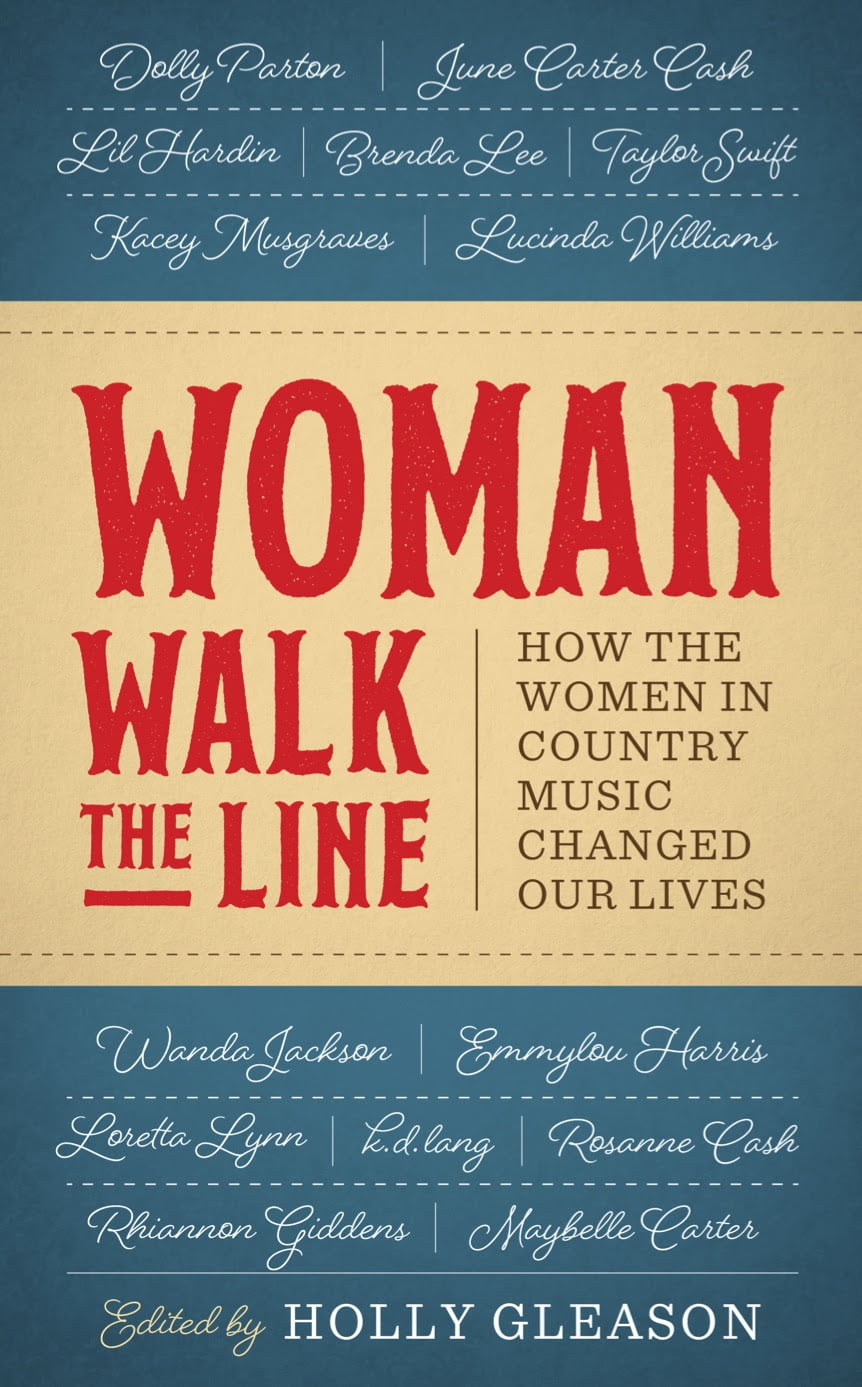In December 1953, Decca released “Plunkin’ Rag” by the Shenandoah Valley Boys. It was the first recording by a banjoist other than Earl Scruggs to use Scruggs pegs: Hubert Davis.
Born in Shelby, North Carolina, in 1932, Davis grew up in a musical family. He was already playing the banjo when, at the age of ten, his older brother, fiddler Pee Wee, brought Earl Scruggs, a co-worker from Lilly Mills, into the family home for some music. Earl had just moved to town to work at the factory. He was boarding with another Lilly Mills employee, Grady Wilkie. In Earl Scruggs and Foggy Mountain Breakdown: The Making of an American Classic author Thomas Goldsmith tells how Earl’s mother prevailed on her friend Wilkie to help Earl get a job at the mill. Wilkie, a guitarist, and Earl stowed their instruments in the car when they drove to work. In a 1977 interview, Hubert Davis told Bruce Nemerov that Pee Wee, Grady, and Earl:
…worked on the second shift. They would catch up about supper time and they’d run out to the car and get their music out and run in to the packing house. They’d play for thirty minutes or an hour and go back to work. Swaller their food whole to get more time for pickin’. And I was there, son, at suppertime every evening. I was sitting there against the wall listenin’.
By the time Hubert was fourteen (1946), he was studying Earl’s playing with Monroe on the Opry. Occasionally Earl came home, visited the Davises, and gave Hubert a banjo tutorial: “he’d show me the parts I didn’t have right.”
At fifteen Hubert began playing professionally. By 1951 he was working for Virginian Jim Eanes. In 1948 Eanes had been an original member of Flatt & Scruggs’s Foggy Mountain Boys, but was quickly hired away by Monroe. Bluegrass historian Jack Tottle tells what happened after Eanes joined Bill at the Opry:
His full baritone-range voice turned out to be incompatible with Monroe’s mountain tenor for duet singing. To Jim’s frustration, no matter how high he sang, it was still too low for Monroe’s high vocal harmony.
Eanes subsequently developed a career as a mellow country singer with a bluegrass band, recording for a small North Carolina label, Blue Ridge. Soon after Hubert joined him Jim had a hit with “Missing in Action,” a Korean war-themed country song. Ernest Tubb’s major-label cover on Decca was also a hit, giving Jim an opportunity to sign with Decca.
Eanes began recording in Nashville in 1952 with producers Paul Cohen and Owen Bradley. In October 1953, after several country-sound sessions using studio musicians, Eanes returned to record with two members of his bluegrass band, the Shenandoah Valley Boys: Hubert Davis and Bobby Hicks.
They made two banjo instrumentals: “Ridin’ the Waves” and “Plunkin’ Rag.” These were issued on a 78, credited not to Eanes but simply to The Shenandoah Valley Boys. In “Plunkin’ Rag” Davis used both Scruggs pegs to create the melody. Chet Atkins, playing backup guitar, is heard playing responsorial licks to the melody in its peg sections, and Bobby Hicks — this was his first recording session — contributes fiddle breaks.
When the time came for Eanes’ next Decca session in Nashville, on March 2, 1954, Davis had rejoined the band. At this point, probably in February, as Davis recalled, he and Shelton met. Both later spoke of sitting up all night in a hotel room working on “some licks Scruggs was playing.”
It’s certain that one of the two banjos in that hotel room had Scruggs pegs. Some of the licks they were working on must have involved the pegs, for Davis came to Eanes’ session with two instrumentals that used them: “Cotton Picker’s Stomp” and “There’s No Place Like Home.”
“There’s No Place Like Home” was the title Decca gave to Davis’s version of “Home Sweet Home.” As with “Plunkin’ Rag,” Davis used the pegs to play the melody. But this was not a new composition, but a very old song, dating back to 1823. The novelty here, its hook, was the idea of using Scruggs pegs to play a familiar melody.
…so I went to the studio in Charlotte and cut it by myself. I dubbed in three vocal parts and banjo, guitar, and bass. It took me most of the night and I don’t want to cut any more like that!
The recording was a bigger hit than Johnson’s, and helped Reno & Smiley, one of the most influential early bluegrass bands — but until that point solely a recording act — launch their touring career.
In the fall of 1955, Earl Scruggs recorded his fourth and last instrumental with a peg hook. In it he reset his peg for the second-string so that it moved up to C from B. His hook riff went through two chords instead of one. “Randy Lynn Rag,” celebrating the birth of his son, was released in February 1956.
It was getting radio play that summer when a letter came to Mike Seeger from Moe Asch, owner of New York’s Folkways Records, asking him “to produce an LP of Scruggs-style banjo playing.” Seeger was certain his older half-brother, Folkways star and folk banjo guru Pete Seeger, “was the reason that Moe wrote me.”
He started recording that fall of 1956, with the help of local bluegrass musician and collector Pete Kuykendall. They began after a Monroe show at New River Ranch in Rising Sun, Maryland, where Blue Grass Boy Joe Stuart lingered backstage to play his banjo setting of an old-time fiddle tune for Seeger’s portable tape recorder. Subsequently, eight other DC region banjoists, most of them young, were recorded. A trip south captured pioneers from western North Carolina, including Earl’s older brother Junie. Earl was not on the album. Finally, one picker from New York City’s Washington Square bluegrass scene was recorded.
Seeger’s friend Ralph Rinzler, living in New York at the time, wrote the album notes. Here for the first time the word “bluegrass” was used in print to describe and explain the music. American Banjo Three-Finger and Scruggs Style, the first bluegrass LP, had a total of 31 tracks by fifteen banjoists. Scruggs pegs are heard on two cuts.
On side B, band 3, Smiley Hobbs, a North Carolinian virtuoso living in northern Virginia, used the pegs to play the melody of the old folksong “Rosewood Casket” in a vocal-instrumental combination similar to Shelton’s.
Neil V. Rosenberg is an author, scholar, historian, banjo player, and Bluegrass Music Hall of Fame inductee.
Photo of Neil V. Rosenberg: Terri Thomson Rosenberg





